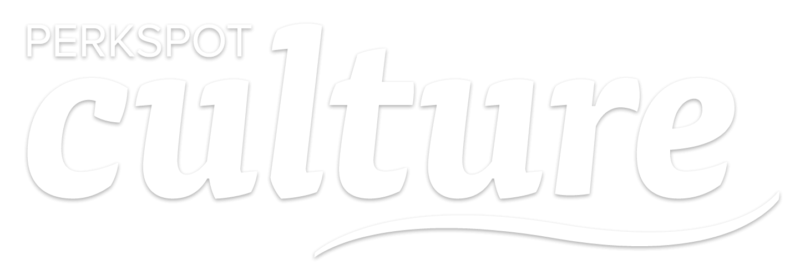Pet Perks: Bring Your Pup to Work
There’s a reason why instagram handles like @animalsdoingthings and @dogsofinstagram have 1.4 million and 4.1 million followers, respectively. People love their pets. And specifically, millennials love their pets.

Over the years we’ve seen that millennials are delaying parenthood in order to maintain independence and focus on their careers. But, with a delay in parenthood comes an increase in pet ownership. According to the American Society for the Prevention of Cruelty of Animals (ASPCA), 44% of Americans own a dog, while 35% have a cat.
If you think pet ownership isn’t affecting the workplace, think again. Here are few reasons to consider offering benefits for pets in the workplace and where to start:
Pets are Part of the Family
According to a survey by Healthy Paws Pet Insurance, 89% of pet parents exercise with their pet regularly, 70% sleep with their pet and 14% manage a Facebook or Instagram account for their pets. As pet owners intertwine their lives more and more with their pets, it should come as no surprise that providing space for pets in the workplace is of high value to these employees.
Pets are Expensive
While pets are a much more affordable alternative to children for many, they still come with a price. Fifty-five percent of pet parents told Healthy Paws they spend over $75 each month on their pets. Employers who choose to help with the burden of these expenses will definitely stand out among job seekers.
Implementing Policies for Pets
PerkSpot client, Banfield Pet Hospital, reported that 7 out of 10 employees and Human Resources decision makers said that allowing pets in the workplace made a positive impact on workplace morale and office dynamics. And while 56% of HR decision makers who don’t currently offer these perks forsee a difficult implementation, only 25% of those who offer pet-friendly policies reported difficulty with implementation. It seems the idea of implementation is scarier than the reality.
While it seems most people love pets, there are always exceptions to this rule. What can be a great perk for some employees might be another’s worst nightmare due to allergies or trauma. Start by hosting a “Bring Your Pet to Work Day” and gauge results using employee surveys and feedback. It’s important to be considerate to those who aren’t pet lovers while still offering benefits and perks for pet parents. One easy way to provide benefits to pet parents, without affecting the non-pet lovers of the world, is by providing pet insurance. This is still a highly coveted perk, requested by 23% of employees in Banfield’s survey. Affecting only those who opt-in to this perk, it’s a great way to determine interest and set your company apart with pet-friendly policies.
Does your company currently offer benefits for pets? Perhaps this is the next move for 2018.









 Discount science is an understudied topic, but we think it’s an important one! From keeping employees’ happy to saving them valuable time and money, the evidence is clear.
Discount science is an understudied topic, but we think it’s an important one! From keeping employees’ happy to saving them valuable time and money, the evidence is clear. 




